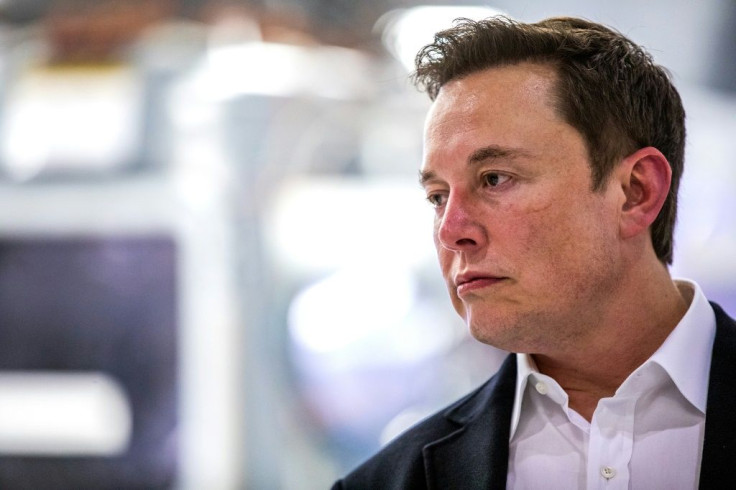SpaceX Starlink Already Obstructs Space Observation, Astronomers Say View Is 'Depressing'

Elon Musk-led SpaceX launched two tranches of Starlink satellites successfully but complaints are pouring in from astronomers that these light-emitting Starlink satellites are blurring space observation.
Starlink was conceived as a mega constellation of 42,000 satellites. It makes an egalitarian promise of universal access to the Internet including web service to 3 billion digital have-nots.
SpaceX recently launched its second batch of 60 Starlink satellites, after the inaugural launch in May. They were propelled in a long train at an altitude of 280 kilometers, and are visible to the naked eye.
Although they are in the process of being raised to their operational altitude of 550 kilometers, they remain visible to binoculars and telescopes.
A case in point is the experience of two astronomers who tried their remotely operated telescope in Chile, in the early hours of November 18. What they saw was a train of SpaceX satellites and not the images of distant stars and galaxies and they wanted to see.
“Here we were, we had a second half of the night observing, and then we kind of just see all of these streaks,” said Cliff Johnson from Northwestern University in Chicago.
"We put two and two together and it was like oh yeah, it’s the train of all the Starlink satellites."
Here’s the Starlink plagued DECam frame: #FieldOfSatTrails pic.twitter.com/TyFSJO9LKR
— Cliff Johnson (@lcjohnso) November 18, 2019
Not only SpaceX, competitors like OneWeb and Amazon are also mulling similar satellites hyping benefits of bringing faster internet that can beat any Internet speed test.
According to astronomers, 3,000 satellites are already actively orbiting the earth and astronomers have concerns this dramatic spurt by Starlink satellites will add new points of light in the night sky.
Space observation needs dark skies but these constellations will stay constantly visible and could pose significant problems.
Cees Bassa from the Netherlands Institute for Radio Astronomy said: “Up to 140 mega constellation satellites could be visible at any one time if all the planned satellites are launched.”
Astronomer Clarae Martínez-Vázquez complained that a huge amount of Starlink satellites crossed their “skies tonight at CTIO and our DECam exposure was heavily affected by 19 of them! The train of Starlink satellites lasted for over 5 minutes!! This is not cool!”
In the night, the Starlink satellites may not be visible as they are shrouded in Earth’s shadow. But in the morning, the prime time for astronomy, the satellites become visible in orbit and can be caught not only on the telescope but also in the webcams.
Issue of light pollution
When SpaceX launched the first batch of 60 satellites in May, Jonathan McDowell, an astrophysicist at the Harvard-Smithsonian Center for Astrophysics raised this concern. He told Space.com: “It's not going to be just the occasional interference, but it's going to be continual.”
Those concerns are looking true despite SpaceX CEO Elon Musk reassuring astronomers that once satellites settle into their slots they stop acting like stars.
© Copyright IBTimes 2024. All rights reserved.





















